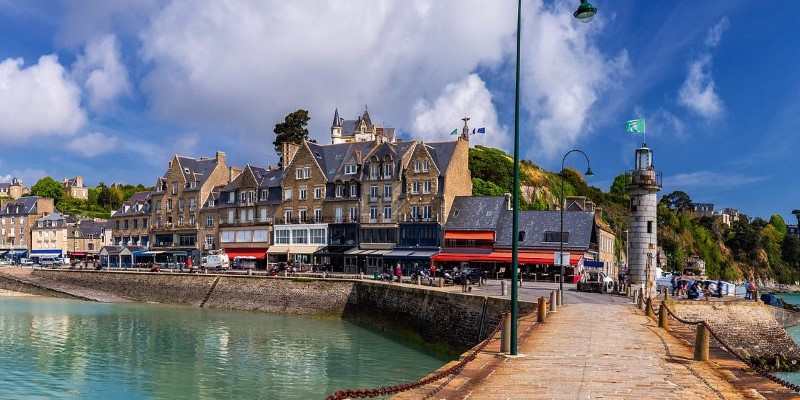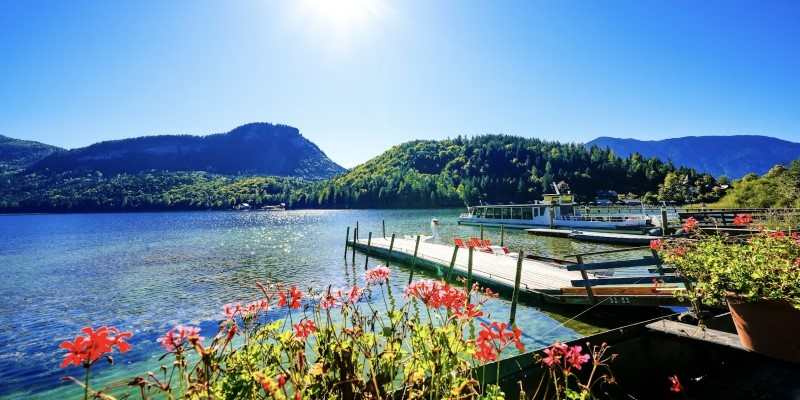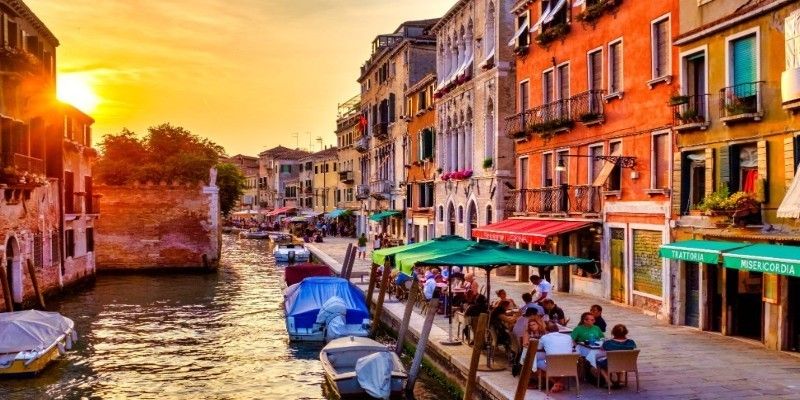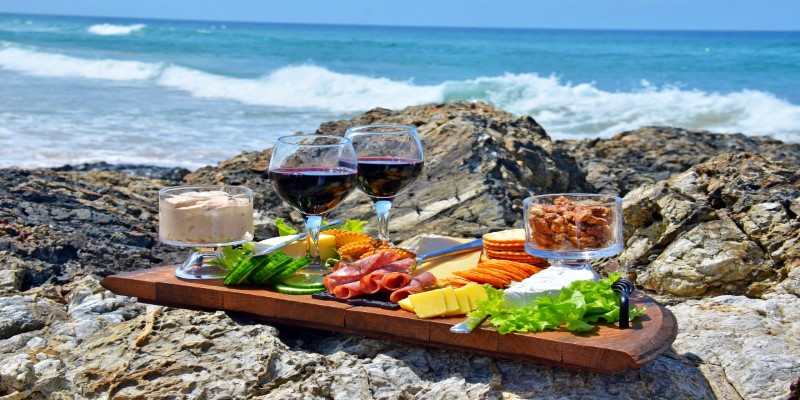Croatia might be known for its scenic coastline and historic towns, but the food here deserves equal attention. You don’t need to be a professional chef or a critic to appreciate it—just someone who enjoys fresh, local flavors and a mix of coastal and inland cooking styles. Whether you're wandering through a small fishing village or exploring a mountain town, there’s always something on the plate that tells a story.
Coastal Freshness: Dalmatian-Style Cooking
If you're staying anywhere along the Adriatic, the first thing you'll notice is how often fish appears on menus. Not just any fish, though—whatever was caught that morning. Dalmatian cuisine leans toward light, fresh meals with very little fuss. Think of grilled seabass drizzled with olive oil, served with a side of blitva (Swiss chard and potatoes). It's not about drowning the dish in spices; it's about letting the natural flavors do the work.
Octopus salad is another favorite. It's usually served cold, mixed with onions, tomatoes, parsley, vinegar, and olive oil. The texture is firm, not rubbery, and the taste sits somewhere between land and sea. Add some crusty bread on the side, and that's a full meal, even if it doesn't look like one.
Then there’s black risotto, or crni rižot. It gets its color from cuttlefish ink, but don't let that scare you off. The flavor is deep and a little salty, with just a hint of the sea. Locals don't treat it like a novelty—it's a staple in coastal kitchens.
Inland Hearty Plates: From Slavonia to Zagorje
Once you head inland, the dishes shift. Meats take the lead, and the meals feel heavier. Slavonian cuisine in the east, for example, isn’t subtle. Kulen—a spicy, paprika-packed sausage—is sliced thick and often served with fresh bread and a side of raw onions. It's bold, and once you try it, it's hard to forget.

Čobanac, a meat stew that’s slow-cooked over an open flame, is another must-try. It’s usually made with a mix of meats—beef, pork, venison—plus vegetables and generous amounts of paprika. The color is a deep, smoky red, and the flavors are layered from hours of cooking.
In the hilly Zagorje region, the dishes have a more rustic feel. There's štrukli, a baked or boiled pastry filled with soft cheese and sometimes topped with cream. It’s a comfort dish, the kind you’d expect from a grandmother’s kitchen. And unlike many European pastries, it's not sweet by default. The savory version is the classic.
Market Bites and Local Street Food
One of the easiest ways to get a feel for Croatian food is to stop by a local market. Almost every town has one, and they’re open early. Grab some pašteta (homemade pâté), fresh cheese, and a handful of olives, and you've got breakfast. But if you're there at the right time, you might see small stands serving warm burek.
Burek is everywhere, and while it didn’t start in Croatia (it’s originally from the Ottoman region), it’s become a go-to snack. You’ll find it filled with meat, cheese, or potatoes, all wrapped in thin layers of pastry. It’s greasy, flaky, and best eaten with your hands.
Fritule are another quick favorite—small, doughy fritters that are soft inside with a slight crunch on the outside. You’ll usually find them sprinkled with sugar and, if you're lucky, raisins. They're especially popular during festivals or around the holidays.
And then there’s Soparnik. It looks simple—a thin, flat pie filled with Swiss chard and onions—but it’s been made the same way for generations, especially in the Poljica region. It’s baked in a wood-fired oven, often directly on hot coals, and covered with ash while it cooks. The result is smoky, savory, and surprisingly filling for something that doesn’t look like much.
Drinks Worth Slowing Down For
Croatia has a long tradition of homemade drinks—many of them passed down in families, not found in bottles on store shelves. If you're invited into someone’s home, expect to be offered something they made themselves.
In the north and inland regions, people often produce their own fruit brandies. Rakija is the most common name, though the exact flavor depends on what it’s made from—plums, pears, cherries, even walnuts. Some are smooth, others strong enough to make your eyes water. They’re usually sipped, not shot.
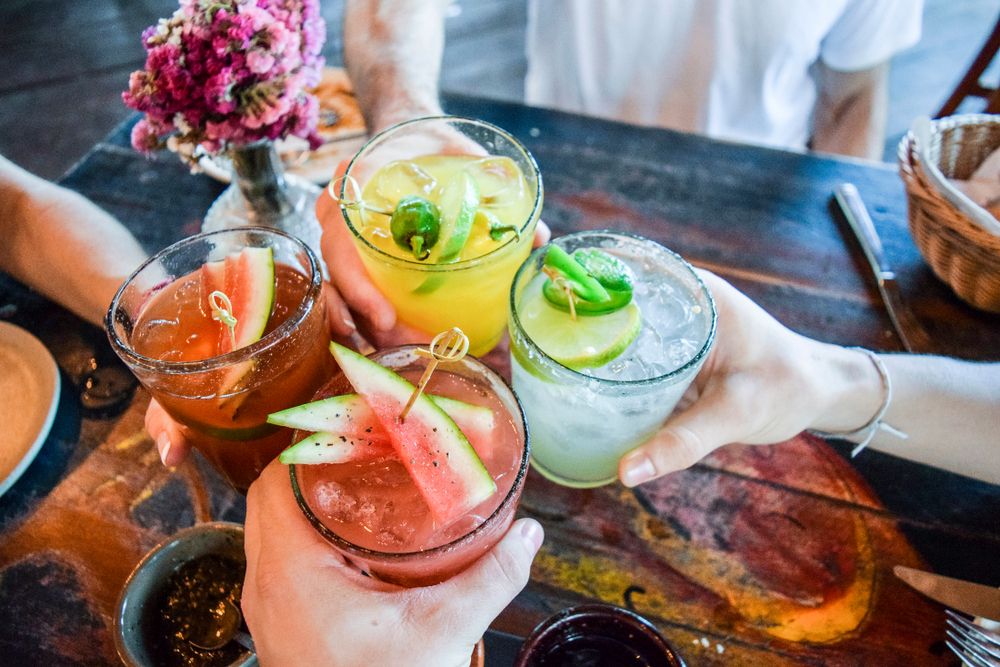
Meanwhile, the coastal areas, particularly Istria and Dalmatia, are known for their wines. The soil and climate are ideal for vineyards, especially near the sea, where the salty breeze does wonders for the grapes. You'll hear about Plavac Mali, a red wine grown mostly in southern Dalmatia, and Pošip, a dry white that pairs well with seafood. You don’t need to visit a vineyard to try them; most restaurants serve local wines by the glass or carafe.
If you’re not into alcohol, don’t skip the herbal infusions. Smilje (immortelle) and kadulja (sage) are common ingredients in homemade teas. You’ll find them dried in markets or sometimes bundled fresh in rural areas. Their flavors are calming, and most households keep a stash year-round.
Wrapping It Up!
Croatia’s food and drink scene isn’t polished for tourists—it’s grounded in what people actually eat at home. Whether it’s a piece of grilled fish, a plate of slow-cooked stew, or a slice of leafy pie straight from a wood oven, each meal tells you something about the region, the season, and the people. What ties it all together is a sense of place. You don’t need a guidebook to find good food here—just an appetite and a bit of curiosity. Hope you find this find worth reading. Stay tuned for more interesting yet helpful guides.


